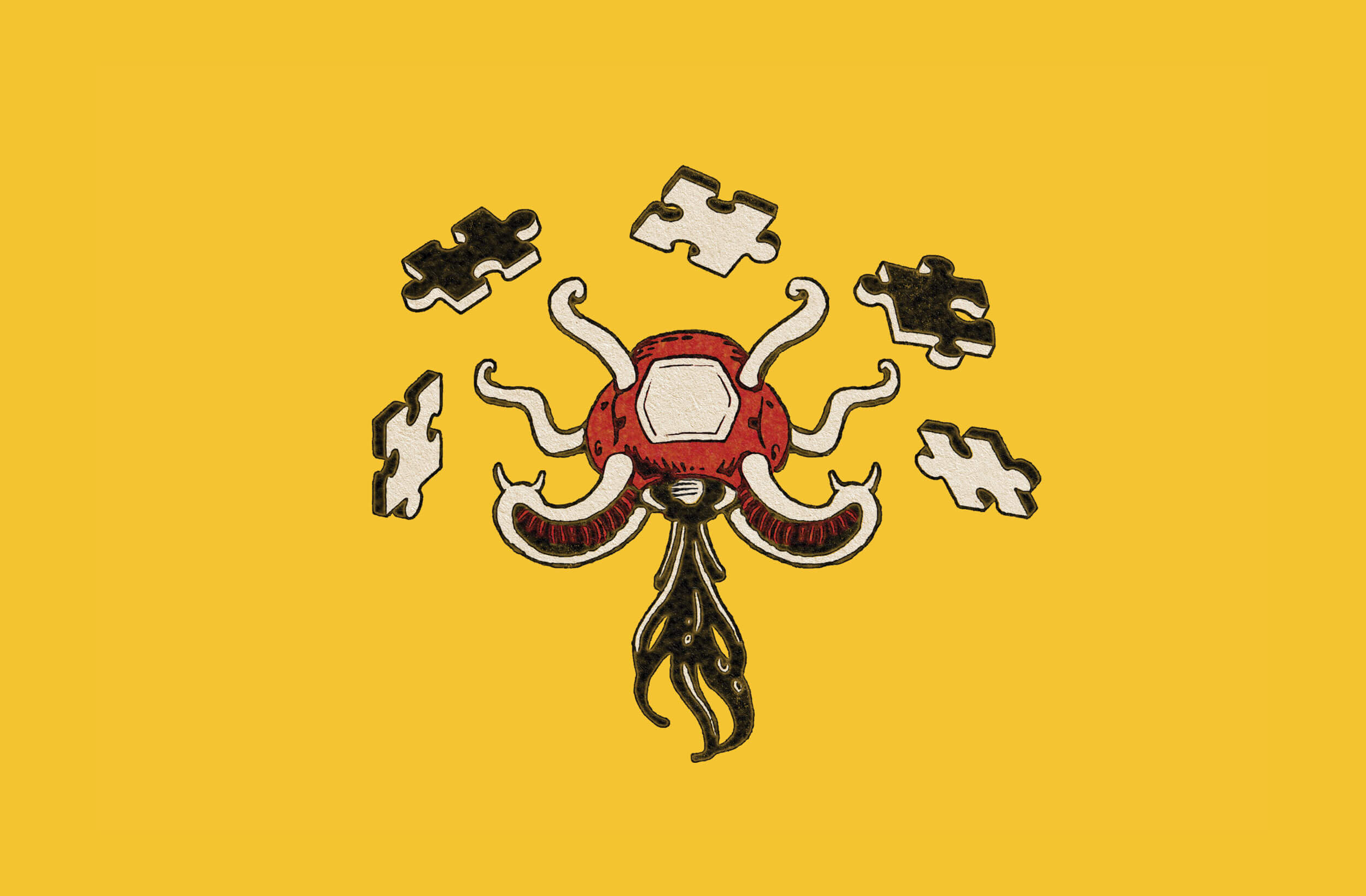Why We’ve Embraced AI
As Lead Developer, I’ve come to embrace and (dare I say?) like generative AI. I think this is because I’m a builder at heart, and coding a website is similar to building a house. Or, at least it’s similar in one aspect: the tools and materials already exist; it’s just a matter of how you put them together.
As a writer, though, I’ve been more than hesitant. Part of the Hollywood writers strike was based on the notion that studios would use this technology as a way to reduce staff and outsource creative work. Even if the tech isn’t advanced enough to replace artists, it’s still good enough to be used as leverage against creatives, both in reality and in theory. Ironically, though, the reason I don’t like AI for writing is exactly the reason I like it for coding.
Writing Creates
Hundreds of think pieces have been written explaining why generative algorithms can’t replace human writers and they all come down to the same conclusion: AI can’t create, only recycle. The so-called “AI” simply regurgitates tiny pieces of billions of puzzles until they interlock just enough to accomplish whatever goal its human user wants to achieve.
I asked an AI to write about a trip to New York and it came up with a lot of clichés with mixed metaphors about the “melting pot of cultures” with “towering skyscrapers” and “bustling streets.” But when I went to NYC, as a Kentuckian whose prior knowledge came from Spider-Man comics and Home Alone 2, my most jarring insight was that Manhattan doesn’t have alleyways. My childhood brain had absorbed dozens of images of masked vigilantes dashing into alleyways to fight fleeing bandits and had assumed all big cities, especially the Big Apple, had dark alleys on every block.
What makes every writer different from others, and what AI can’t replicate, is our unique perspectives and experiences. A New York expat will have assumptions about Kentucky that I’d think were silly, and part of what makes writing enjoyable is empathizing with these assumptions. AI, on the other hand, is trying to parse thousands of people’s POVs and find (what it thinks) ties them all together. So if I want a personal, emotional response, AI won’t give it to me.
But when I’m coding, that’s not what I want.
Coding Utilizes
Nearly all websites are built, to some extent, on open source software. A huge advantage of the open source movement is how hundreds of developers are empowered to break and tweak something until it does exactly what it’s supposed to. As a result, it makes sure that the most popular free applications are also the most secure. If you want to serve web pages from a server, there’s no reason to make a custom solution when Nginx and Apache exist. As confident as I am in my programming abilities, I have no faith that I could create a web server that couldn’t get hacked. Meanwhile, those two apps have had tens of thousands of programmers, markup specialists, and designers contributing to their code repositories over decades. I think I’m good but I’m also one person.
So, in the past, if I wanted to add falling snowflakes to our website, I’d search CodePen for a snippet someone else created. This doesn’t mean that my entire job is figuring out the best way to search for things; after all, the snowflakes might not match our branding and I need the knowledge of CSS and HTML to adjust the design. Or they might be falling too fast and I need the programming knowledge to adjust the algorithm which sets the speed. So it’s not a replacement for a developer; it just means I don’t need to bake a cake from scratch when all I want is Funfetti.
Generative AI just gives Web Developers more time to focus on other things, increasing overall productivity and decreasing the amount of startup time we have on every project.
If I ask Github’s Co-Pilot to give me falling snow, it does that work faster than I could search and piece it together:
Yeah, that almost looks like cheating. But for something as common as a holiday theme, every Web Developer will first visit CodePen.io and search “falling snow.” And essentially that’s what Co-Pilot is doing. It’s then copying, pasting, and revising it for my specific commands.
But, again, that’s a common, basic example. If I asked it something complicated like, “Design the infrastructure for a bank’s backend,” it wouldn’t know where to start. No matter how complex the tool, someone still needs to know how to use these tools. Maybe in the future, we will be called AI managers instead of programmers. But even as technology progresses, it’s important to have an understanding of coding fundamentals. Otherwise, you spend more time fixing simple problems than building something cool.
People Adapt
Another trope has been publications showing past news articles about how technology will replace workers, whether it’s the telephone replacing messenger boys or rotary phones replacing “Hello Girls”. But human beings aren’t static fixtures dedicated to singular tasks. Despite our title, no one at Mediocre is simply a Designer, Developer, Manager, or Photographer: we are all Problem Solvers.
No matter what tools each of us wields or systems we practice, we’re going to make things to help people. If generative AI can help us do that, I don’t see why it should scare anyone.
P.S.: Embracing AI for Design
Caleb Costelle, one of our Designers, asked me to run some prompts through the popular AI text-to-image model Stable Diffusion to get some inspiration for this article’s Cover image. I had to write a few prompts before we got anything worth sharing, so here’s a glimpse into that process:
Fourth Prompt

Exclude: fingers, color, LCD computer monitor
Sixth Prompt

Exclude: fingers, color, LCD screen
Turning into Something New
Final Illustration




